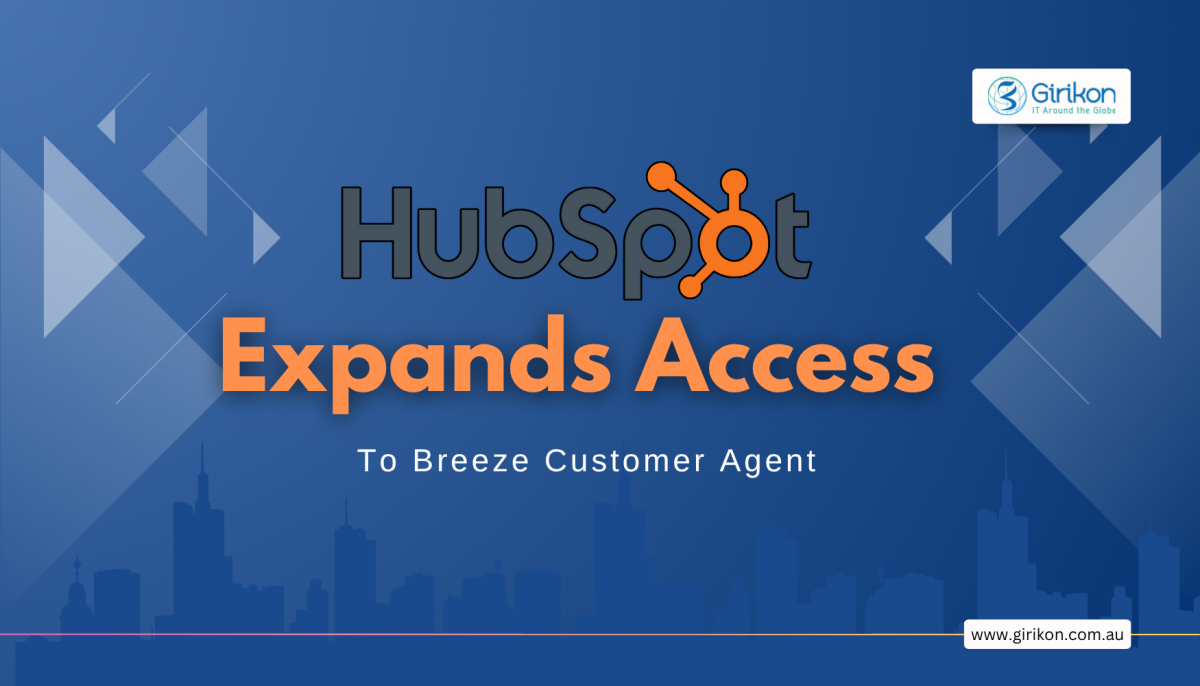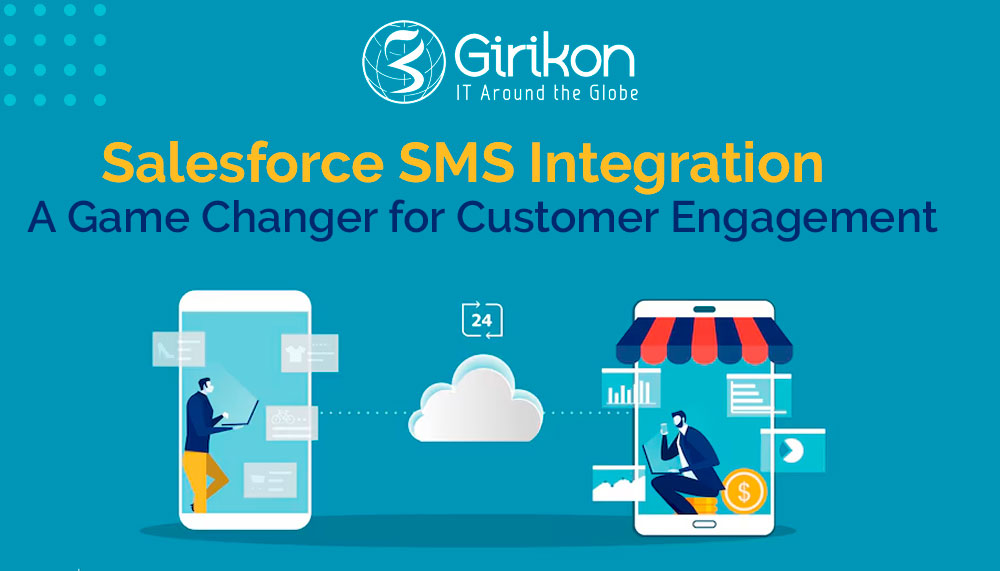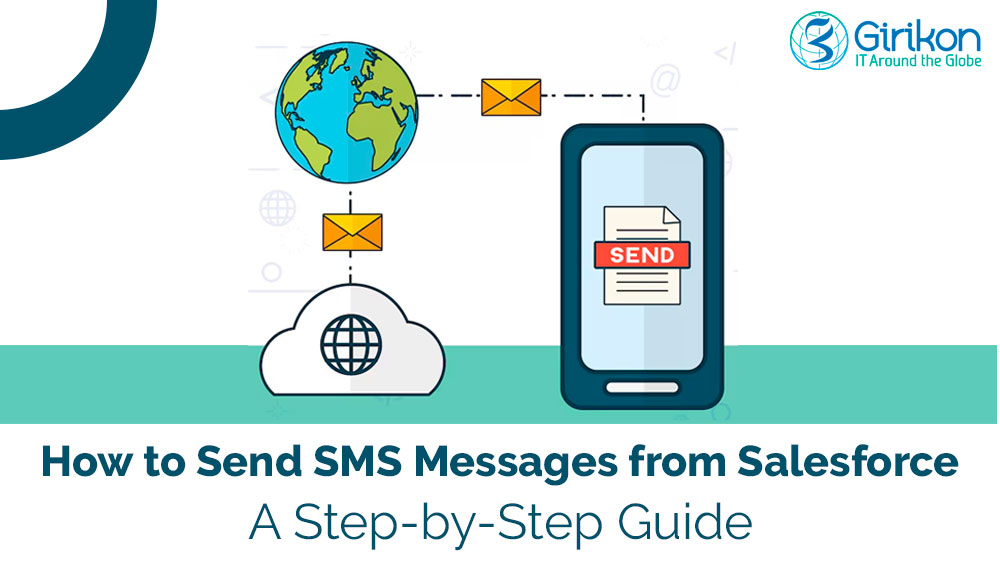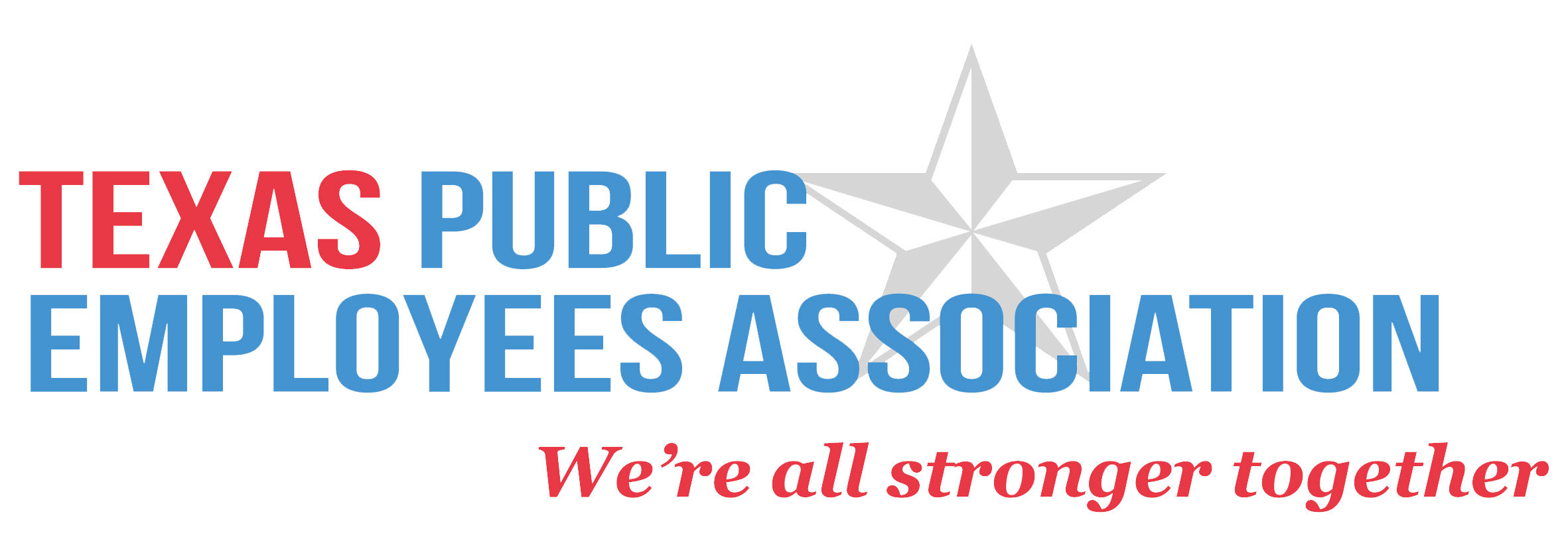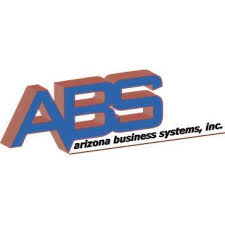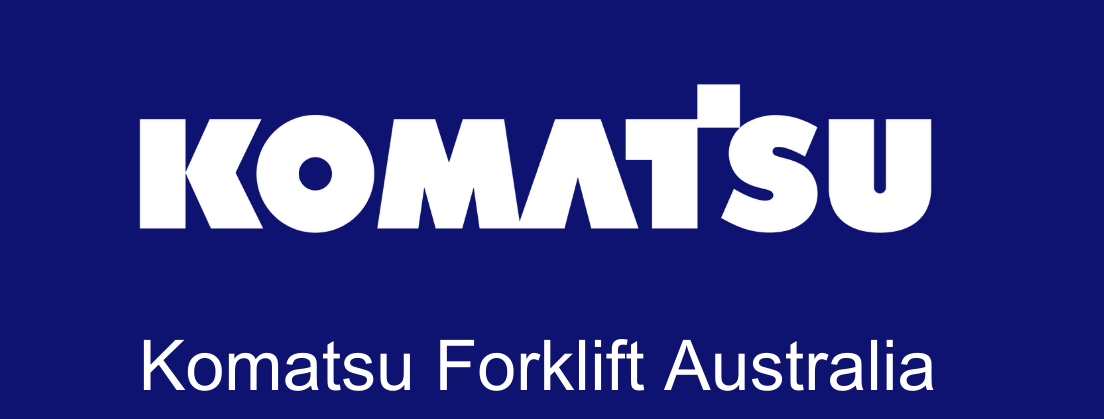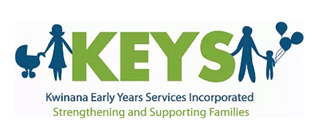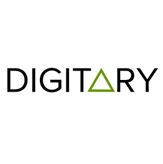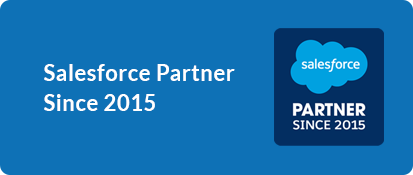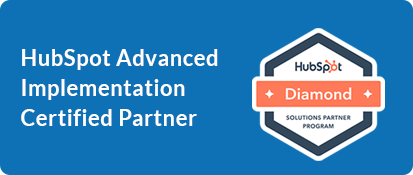Our Blogs
Every organization is driven by a mission and a set of goals. And they in turn are governed by a core set of values and principles which guide them on that path. Salesforce allows you to bring in those values and principles into the World’s no1 CRM platform enabling you to bring direction and focus into your organization’s vision and objectives in a way that is measurable.
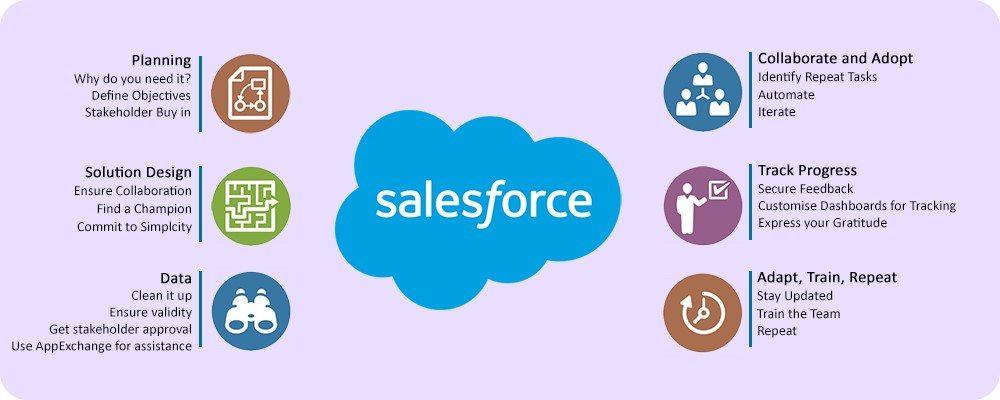
Image Source – Salesforce
Planning- Getting Started
The single most important step before you begin the Salesforce deployment exercise is to understand and validate the cause of adoption. Why do you need it? This question appears very simple yet it’s the most complex one. It’s the cause of the change that is about to come.
Define the specific objectives of the implementation.
Have you identified what is not working? What goals are you seeking to accomplish via this implementation? Are you comfortable with the implementation methodology suggested by your Salesforce Implementation Partner? How would you define a successful implementation? What challenges do you perceive in implementation and adoption? In what ways will your productivity improve? And how do you intend to measure that improvement?
Work in close collaboration with your Salesforce Implementation Partner to find answers to these queries.
Stakeholder Buy in
Have you discussed with your teams? Have you secured leadership buy in? Make sure your leadership team (or you, if you’re the boss) understands the strategic value of this implementation. Work with your Salesforce Consultant to create a narrative which is aligned with your organization’s core values and principles. Make sure all stakeholders understand that Salesforce is a new efficient, effective and productive way of doing the same business.
And finally, find someone to champion the project! Someone who is driven.
You need someone from your team who clearly understands why this implementation is crucial to your organization’s success and has the wherewithal and authority to utilise resources as and when necessary to complete the implementation.
Solution Design
The solution design strategy should be centred around organizational goals and objectives. Ensure the collaboration and buy in of all stakeholders, those directly and indirectly affected. Empower your champion to collaborate amongst various user groups and understand their relationships. Document every detail. Typically, outputs from one process assigned to a particular user group in Salesforce, will impact other processes connected to other user groups or departments. The implementation team needs to ensure that these affected teams or departments are consulted and provide their inputs. This approach will not only -coordinate an enterprise-wide requirement management, but also ensure all stakeholder teams are aware of each other’s dependencies. Now while this approach may stretch your implementation timelines set out initially, but it allows you to design for the whole and not the part. After all, your organization needs to work like a well-oiled machine with several disparate parts.
Commit to simplicity
Salesforce was designed to be simple and seamless for all users. Their product teams have spent thousands of hours interviewing customers to design the best user experience. There are many routine processes already built into the platform. So before you think about customising, take a look at what’s already available as an out-of-the-box offering. And always, always prioritize simplicity. Think less is more.
Tools you can use to simplify:
- Salesforce Optimizer: You can start to clean up the clutter by running Salesforce Optimizer. It will find you redundant fields, unused reports and layouts, and other things that distract users or slow down performance. Subsequently, go through the summary pages to dive deeper into the ones that really matter to your business.
- Profile & Page Layouts: You can also leverage Profiles & Page Layouts, which will customise the look and feel of your user pages based on their role, thereby allowing them access to personalised information that is relevant to them.
- Automation: Use automation to eliminate data entry. You can integrate email into Salesforce to simplify things for your users. Salesforce has free connectors to both Outlook and Gmail.
Data
This is when you switch from your existing platform to Salesforce. Data is at the core of your solution. All your decisions will evolve out of the data you have loaded into Salesforce. Work with your Salesforce Implementation Partner to clean up your data before importing it. Wherever possible merge accounts to avoid duplicate records.
Start by importing a small batch and test its validity and fidelity. Did you get everything? Are there any errors you need to fix? You may want to evaluate your configuration settings and fix them if necessary. Run this imported batch of data through some of your users to get external validation.
After making the necessary fixes, import everything into Salesforce. Visit AppExchange to get access to a range of tools to do this for you. Make sure your teams are up to speed on the progress of the process.
Collaborate and Adopt
Repeat, mundane tasks, done manually can be a drain on your teams’ resources. You need to automate these activities. This will not only free up time for your team members but also allow them to focus on activities that are important and require a human touch. Collaborate with your teams and identify those repetitive tasks and processes that are impacting your organizational performance.
Right from Building a Process, Creating Workflows, Establishing Approval Processes, Assigning Escalation Rules, technology can play a crucial role in automating all these business processes. Reduce errors and accelerate productivity. Establish parameters to measure time and cost savings as a result of automation to buy in user engagement.
Track your Progress
Once you have implemented Salesforce, review the process and seek proactive feedback on an ongoing basis. Are there new/different issues you’re bumping into? How well is the new process working? Is a certain aspect taking too much time? Why? Taking time to review your Salesforce implementation might seem unnecessary, but it will give you a clear understanding of what worked and what needs your attention.
Customise and automate KPI Dashboards and reports for users. Define key metrics, track performance of those metrics and observe trends. Drive usage of your Salesforce implementation by creating a purposeful experience.
You can also set up a Dashboard for Salesforce Adoption. It will provide visibility to user login history and give you an insight into adoption of key features and productivity enhancers.
And don’t forget to thank your team for adopting this change. Change adoption takes time, energy and intent. As a business leader, make sure you recognize everyone’s efforts and initiatives.
Adapt, Train, Repeat
Growth is a never-ending process, right? Thankfully, the developers of the Salesforce platform understand this very well and have spent thousands of hours in building a product that can adapt to the ever changing needs of business.
Salesforce is updated regularly, so you will need to iterate as and when new features and functions becomes available on the platform. Your processes may also undergo change as your business evolves. You may also need to implement new processes and integrate new members into your team. The key is clear, precise communication across user teams of the changes that are coming up, their nature and the reason for their implementation. Keep your teams up to speed and your organization ahead of the curve by working with a Salesforce Implementation Partner who is not only aware of the platform upgrades, but more importantly aware of its ramifications on your business. Collaborate with teams for training upgrades that are in sync with the platform upgrades and stay ahead.
With these guiding principles, your team will be better set up for getting the most value out of your investment and driving success.
It’s important to note that adoption requires a different approach for everybody and is driven by their unique business goals. An adoption strategy for sales would be completely different from that for service. Each use case is unique.
Change is hard, and adoption can be challenging. But by combining the technology that powers the world's No 1 CRM platform, and embracing a collaborative approach to user onboarding, the long-term rewards will be overwhelming. That’s the Salesforce promise.
At Girikon, our Salesforce Consultants will work closely with you to get the most out of your Salesforce implementation.

 +61-1300-332-888
+61-1300-332-888 +1-480-382-1320
+1-480-382-1320